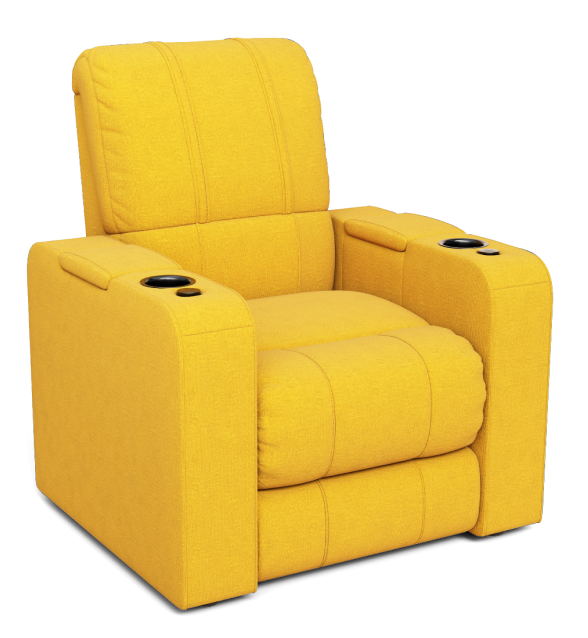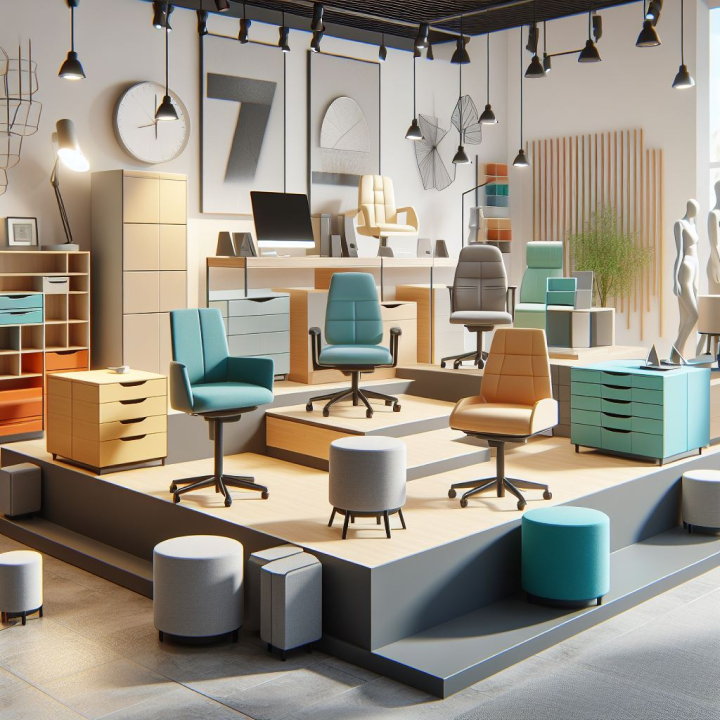Augmented Reality (AR) seamlessly merges the digital and physical worlds, empowering eCommerce consumers to immerse themselves in lifelike product experiences before committing to purchases. These fusions capture attention and foster deep connections, enhancing customer satisfaction and propelling eCommerce marketing into an era of unparalleled engagement. Augmented Reality (AR) plays a dynamic role in eCommerce marketing by offering immersive experiences that allow customers to virtually visualize products before purchasing.
Here are some ways that AR transforms eCommerce with interactive consumer interaction and decision-making.
Virtual Product Try-Ons:
AR can enable customers to see how products like clothing, accessories, makeup, or eyewear look on them in real-time through their device’s camera.
Furniture and Home Decor Visualization:
Customers can use AR to place virtual furniture, decor items, or appliances in their real living spaces to see how they fit and look before making a purchase decision.
Cosmetic and Beauty Products Testing:
AR can simulate the application of cosmetics, such as makeup and skincare products, allowing customers to see the effects on their face before buying.
Footwear Fitting and Sizing:
Customers can virtually try on shoes to assess how they fit and look, reducing the likelihood of returns due to sizing issues.
Jewelry and Accessories Preview:
AR can allow customers to superimpose virtual jewelry and accessories onto themselves to see how they complement their outfits.
Car Configurators:
In the automotive industry, AR can help customers customize and visualize various options for their desired car model before making a purchase.
Interior Design and Renovation Planning:
AR can be used to visualize and experiment with different design elements, colors, and layouts for home improvement projects.
Virtual Showrooms:
Brands can create virtual showrooms where customers can explore and interact with products in a digital space.
Electronics and Gadgets Interaction:
Customers can use AR to see how electronics, gadgets, and appliances fit into their living spaces and how they function.
Educational Product Demos:
AR can provide interactive and educational demos of complex products, helping customers understand their features and benefits.
Engaging Marketing Campaigns:
Brands can create engaging AR experiences as part of their marketing campaigns, encouraging user participation and interaction.
Reduced Return Rates:
By allowing customers to virtually experience products before purchasing, AR can potentially lead to fewer returns due to mismatched expectations.
Enhanced Online Shopping Experience:
AR can make the online shopping process more immersive, engaging, and interactive, leading to increased customer satisfaction.
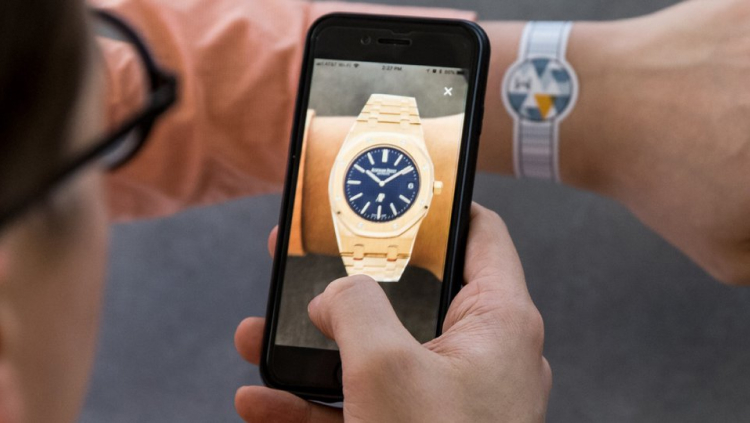
Building Brand Loyalty:
Offering unique and innovative AR experiences can help brands stand out and foster stronger connections with customers.
Cross-Selling and Upselling:
AR can be used to show related or complementary products alongside the main product, encouraging customers to explore more options.
Event and Exhibition Experiences:
Brands can create virtual event spaces where customers can explore and interact with products as they would in a physical exhibition.
Accessibility Enhancement:
AR can help customers with disabilities visualize and interact with products, promoting inclusivity in the shopping experience.
Augmented Reality has the potential to revolutionize the way customers engage with products online, offering a more immersive and interactive shopping experience that can lead to increased sales and customer satisfaction.
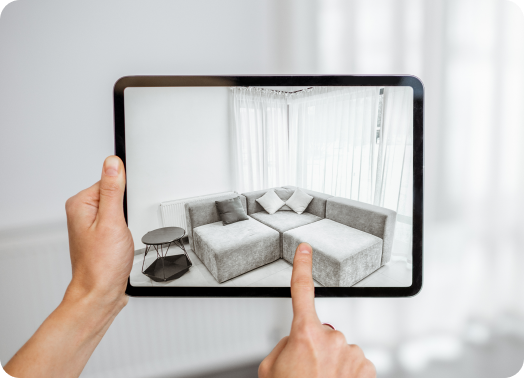
How Augmented Reality (AR) can be used in various eCommerce marketing channels:
Social Media Marketing:
Facebook: Integrate AR experiences within Facebook posts and ads, allowing users to virtually try products.
Instagram: Utilize AR filters for product try-ons and interactive experiences on Instagram Stories and Reels.
Twitter, Pinterest, LinkedIn: Share AR-enhanced visuals showcasing products, engaging users in a novel way.
TikTok: Create AR-powered challenges or effects that align with your products, catering to younger audiences.
Search Engine Marketing:
Google Ads, Bing Ads: Include AR-enhanced visuals in display ads to capture attention and drive clicks.
Email Marketing:
Promotional Emails: Embed AR experiences in emails to provide interactive product previews.
Abandoned Cart Emails: Send AR-powered reminders featuring the abandoned products.
Welcome Emails, Newsletter Campaigns: Include AR content to engage subscribers right from the start.
Content Marketing:
Blog Posts: Embed AR elements to enhance the content’s interactivity and engagement.
Infographics: Convert static infographics into interactive AR graphics.
How-to Guides: Offer AR-guided instructions for using your products effectively.
Videos: Incorporate AR overlays in videos to showcase products and offer additional information.
Ebooks: Enhance digital books with AR elements to create immersive reading experiences.
Influencer Marketing:
Collaborate with influencers to demonstrate your products using AR filters and effects.
Affiliate Marketing:
Provide affiliates with AR content that they can use to engage their audiences effectively.
Search Engine Optimization (SEO):
Optimize your website for AR-powered searches, ensuring AR-enhanced products appear in search results.
Paid Social Advertising:
Run AR-powered ads on social media platforms to create memorable and interactive experiences.
Video Marketing:
Incorporate AR elements into video content for engaging product demonstrations and tutorials.
Retargeting/Remarketing:
Use AR-enhanced ads to remind users of products they’ve previously viewed and encourage conversions.
Chatbots and Live Chat:
Utilize AR in chatbot interactions to showcase products and answer queries visually.
Mobile Marketing:
Send AR-based SMS/MMS messages to showcase new products or offers.
Develop a dedicated mobile app with AR features for an immersive shopping experience.
Marketplaces:
Use AR to provide virtual product try-ons directly within marketplace listings.
Amazon Shopping:
Create AR-powered product visuals for Amazon Shopping listings, attracting more clicks.
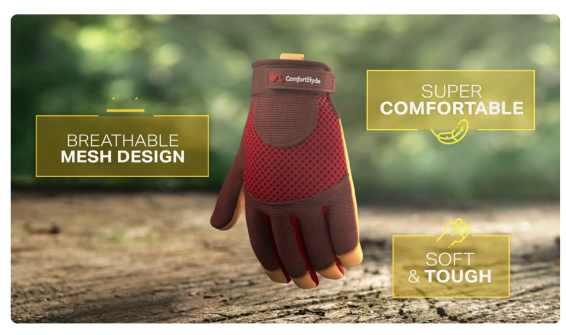
Referral Marketing:
Encourage referrals by offering AR-powered incentives for successful referrals.
Pop-up and Exit-Intent Offers:
Enhance popups and exit-intent offers with AR experiences, increasing their effectiveness.
User-Generated Content (UGC) Campaigns:
Encourage users to create AR-powered UGC showcasing your products.
Webinars and Workshops:
Host AR-enhanced webinars and workshops to engage participants and showcase products.
Local SEO:
Optimize local search results with AR-powered location-based visuals and information.
Interactive Content:
Develop interactive AR quizzes, polls, and surveys to engage and educate customers.
Using AR across these channels can create a more immersive, interactive, and engaging experience for customers, driving higher levels of interest and conversion.
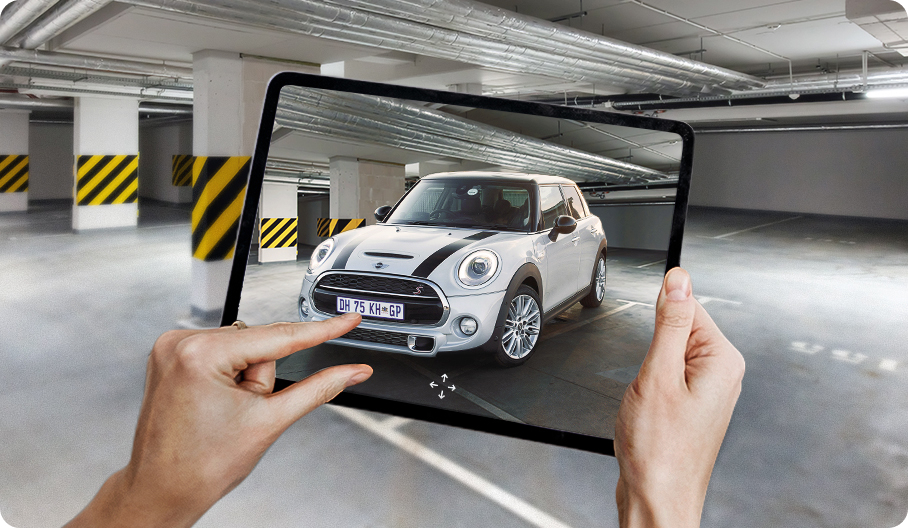
Create Augmented Reality Experiences with Tulfa
Crafting immersive shopping experiences for Fortune 500 brands defines Tulfa’s specialization. With a prowess in reshaping customer interactions across sectors, Tulfa leverages Augmented Reality (AR) to elevate the buying process into an exploration that empowers and enchants. Elevate your business’s competitiveness through seamless AR integration, captivating today’s dynamic market. For a journey of awe-inspiring eCommerce success, connect at hello@tulfa.com and open the door to boundless prospects with Tulfa.

